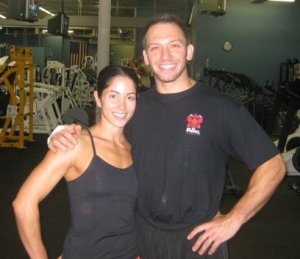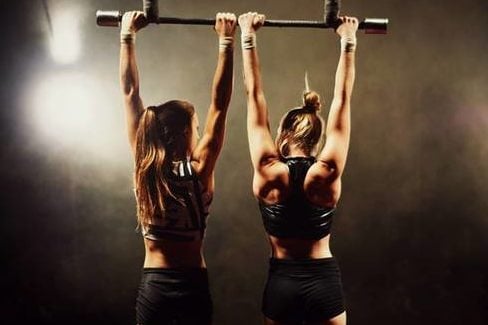bluejeff
Level 7 Valued Member
When you say, "pack your shoulders properly," are you trying to keep your shoulders down and back during a pullup? If so, don't. It creates less room in the sub-acromial space for your rotator cuff and connective tissue. When moving your arms overhead, you need to allow the scapula to move, to rotate upwardly. If this is the case, I suggest learning what is really meant by "packing" the shoulders.For a long time, due to mobility problems, my body does not like pull-ups. I have tried them with pronated, supinated and neutral grip, but I always end up with shoulder pain. I just can't pack my shoulders properly

Shoulder Packing - Bret Contreras
Today’s post will be from my friend Joe Sansalone regarding the topic of shoulder packing. Joe is one of the more knowledgeable guys in the industry yet many people have...
There are probably more articles out there about the "down and back" cue, but this is one that I know. Even though it's about "circus arts," it is all about ovehead position and shoulders.

RETHINKING SHOULDER POSITION IN CIRCUS ARTS
Empowering you with the knowledge and tools necessary to optimize your body.
The below images are from the article. They are inverted (like someone is doing a handstand) but the principle should be clear.


As to the question about ring rows, they are a phenomenal exercise, and highly underused in my opinion. If you use a weight vest, the combo of pushups and rings rows would likely get you quite strong.
